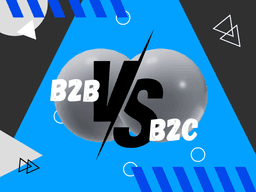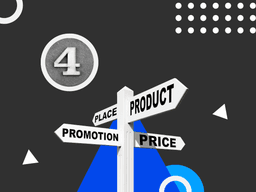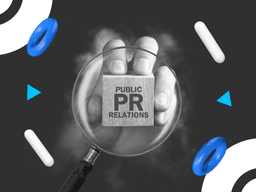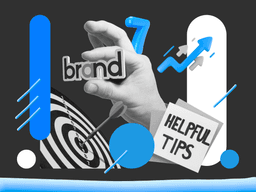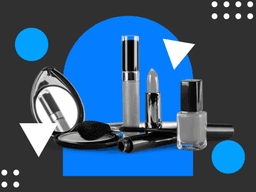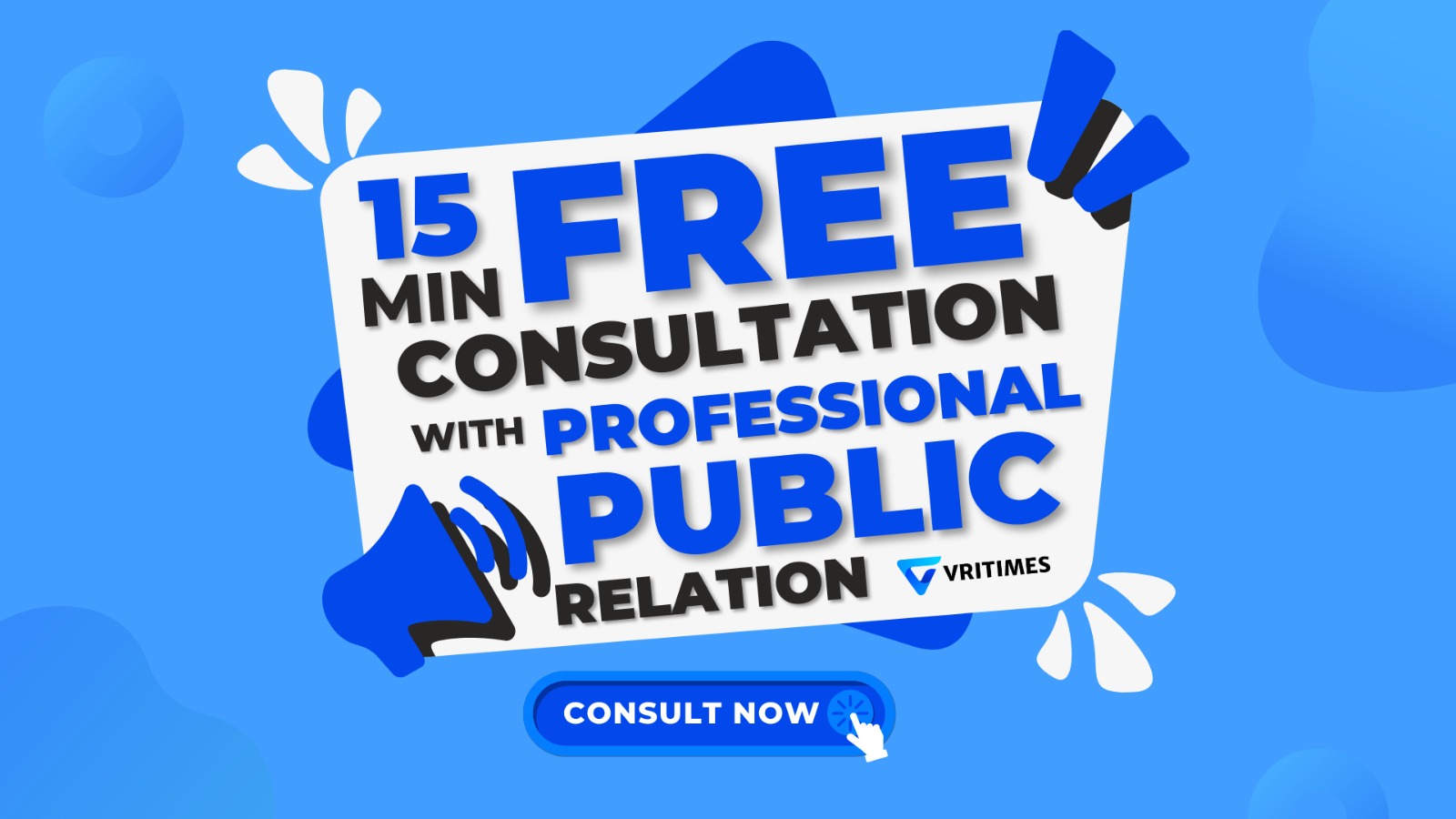/ B2B Marketing Strategy
B2B Marketing Strategy

Business-to-business (B2B) marketing strategy is different from business-to-consumer marketing strategy. A different target (other businesses) requires a different approach.
The goal of B2B strategy is certainly to convince and persuade the target customers to respond to the offer. However, the behavior of B2B buyers has changed over time.
B2B Marketing Strategy
B2B marketing strategy has to effectively reach, nurture and sell the products and services to other companies. The buyers in B2B marketing are often C-level professionals. This differentiates B2B marketing from other types of marketing.
The B2B model has a longer sales cycle because buyers are looking for solutions to their complex problems. Therefore, the B2B marketing strategy must be relevant and helpful at all stages of potential interest.
3 Major Stages in B2B Marketing Strategy?
B2B marketing is divided into 3 major stages, which are attracting prospects, building engagement, and converting leads.
1. Attract Prospects
At this stage, you need to increase your brand visibility as there are potential leads who are not yet aware of your product or service. In B2B, leads are not only potential buyers, but also referral sources (including media and influencers) who can potentially increase your visibility.
The goal of this stage is to increase visibility and pave the way for building engagement. There are many things you can do at this stage:
- Have your company's expert speak or at least attend and network with your potential leads.
- Publish press releases to top media outlets. You also need to network with journalists. If you don't have the resources to do this, hire a press release distribution service to distribute your release to top media outlets.
- Create positive viral content on social media so that it goes viral and reaches your potential buyers. You can work with influencers to do this.
2. Build Engagement
Sometimes B2B marketers forget about building engagement because there is a strong temptation to push potential buyers into a sales pitch.
However, not all buyers are ready to buy immediately after learning about your brand. Some take months or even years before they finally make a purchase. The same goes for referral sources.
Therefore, during this stage, you need to focus on nurturing and engaging leads over an extended period of time. For example, you can host a live webinar to provide your leads with insightful and helpful resources. You can invite the media, potential buyers, and some influencer management.
This allows them to learn about your business and experience your expertise. After the webinar, you can give them your contact information and ask for their permission to send a newsletter to their email.
3. Turn Leads
After feeling engaged with your brand, some leads will eventually take the next step, which can be a purchase (for potential buyers) or a commitment to work together (for referral sources).
Prospects will ask to speak with your sales representative to learn about your solutions to their problems. At this stage, your role as a marketer is to provide the salesperson with the materials they need to communicate effectively with the buyer. This includes materials about the product or service as well as stories about the potential buyers.
Meanwhile, the referral sources will be contacting you to arrange to work together and to negotiate terms and conditions.
How Do You Create an Effective Marketing Strategy?
Now that you know the 3 major stages of B2B marketing, it is time to get your B2B marketing right before the first stage.
First, analyze your positioning, including your competitors' strengths and weaknesses, your unique value proposition, and your current position in the market.
This analysis will help you identify the specific market opportunity (e.g., price) that only your brand can solve.
Second, carefully define and target your niche based on your specialty. This is because the fastest growing companies tend to be specialists in their targeted niches.
Your niche should be an area that you completely understand so that your brand is the leader. This will allow you to target and reach the right potential leads.
Third, set your B2B marketing goals using these rules:
- Use a SMART formula to create goals.
- Marketing goals must be linked to sales goals.
- Set a firm timeline for achieving each goal.
Fourth, create tactics to achieve your goals. Let your goals dictate your tactics. For example, if you are targeting tech companies, you do not need to create content about traveling unless your tech product is related to traveling.
In addition, decide which channel (social media, email marketing, referral marketing, etc.) can help you achieve your goals and prepare the campaigns accordingly.
This is how you create an effective B2b marketing strategy. Remember to formulate it properly so that you can execute it successfully and achieve your goals.

